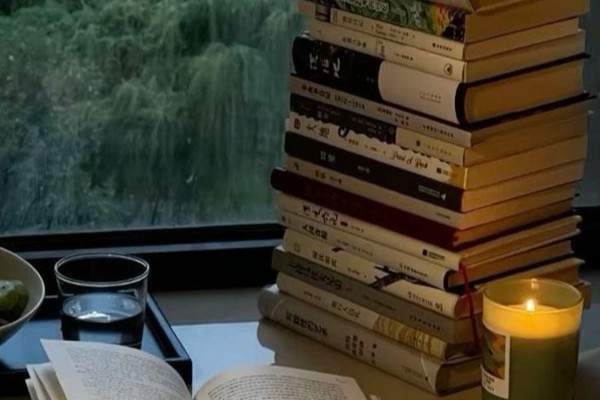Ever feel like no matter how motivated you are, your study habits just don’t last? One week you’re on top of everything, and the next week you’re back to procrastinating. Here’s the good news: it’s not that you’re “bad at studying”—it’s that you’re missing a framework.
Behavioural scientist Dr. BJ Fogg came up with a super simple formula that explains how habits work:
B= MAP → Behaviour= Motivation × Ability ×Prompt
And once you understand this formula, you can actually design study habits that fit your life, instead of trying to force them.
Breaking Down the Formula
For a behaviour to actually happen, all three have to line up. If even one is missing—say you’re motivated but the task feels too hard, or you’ve got no reminder—it usually falls apart.
How to Use B = MAP for Studying
1. Start Small (Focus on Ability)
The easier you make a habit, the less motivation you’ll need. Instead of aiming to “study for three hours,” start with something tiny:
Once the action feels natural, you can build on it. Small wins snowball.
2. Create Effective Prompts
Prompts are what get you to act. Some easy options:
The more obvious the prompt, the better. Don’t leave it up to chance.
3. Don’t Rely on Motivation Alone
Motivation is unreliable—it goes up and down. That’s why habits should be easy enough to do even on your “lazy days.”
Make studying friction-free:
4. Celebrate Small Wins
Finished your flashcards? Smile, fist pump, or literally say “YES.” It might sound silly, but those tiny celebrations attach positive emotion to the habit. And positive emotions are what make behaviours stick long-term.
5. Adjust as You Go
If a habit isn’t working, troubleshoot:
Final Thoughts
B= MAP is a game-changer because it reminds us that habits don’t come from willpower alone. They happen when motivation, ability, and prompts lineup.
Start small. Make it easy. Celebrate wins. Adjust when needed. Do that, and before long, studying will feel less like a battle and more like a natural part of your day.

.webp)